Spinal Decompression: Innovative Treatment for Sciatic Nerve Pain
November 12, 2025
8 min

Understanding Sciatic Nerve Pain and Its Challenges
Overview of Sciatica and Its Prevalence
Sciatica refers to pain caused by irritation or compression of the sciatic nerve, the longest and thickest nerve in the human body. It affects approximately 40% of people in the U.S. at some point, typically emerging after the age of 20. This nerve runs from the lower back down through the hips, buttocks, and legs, making the symptoms widespread and often challenging.
Common Causes and Symptoms of Sciatic Nerve Pain
Sciatica results chiefly from conditions such as herniated or bulging discs, degenerative disc disease, spinal stenosis, or bone spurs pressing on the nerve roots. These issues generate symptoms like sharp pain, tingling, numbness, muscle weakness, and in severe cases, difficulty with bladder or bowel control.
Impact of Sciatica on Quality of Life
The persistent pain and discomfort can significantly hinder mobility and day-to-day activities, often limiting a person’s ability to work or engage in recreational activities. This highlights the importance of effective, patient-centered treatments that address the root causes and promote holistic healing to restore overall wellness.
What Is Spinal Decompression Therapy and How Does It Work?

Definition and Purpose of Spinal decompression therapy for sciatica
Spinal decompression therapy is a non-invasive treatment designed to alleviate pressure on the spinal discs and nerves. It is commonly used to treat conditions such as herniated or bulging discs, sciatica, spinal stenosis, and degenerative disc disease. The therapy aims to reduce nerve compression and promote healing in the affected areas, offering a natural and drug-free alternative to surgery.
Mechanism: Using Traction to Create Negative Pressure in Spinal Discs
The therapy works by gently stretching the spine using a motorized, computerized spinal decompression process table. This controlled stretching creates negative pressure (a vacuum effect on spinal discs) within the spinal discs. This negative pressure helps retract herniated or bulging disc material away from nerve roots, including the sciatic nerve, thus relieving pain and other symptoms. Additionally, the decompression encourages increased blood flow and nutrient delivery to the discs, supporting tissue repair and hydration.
Benefits like Reducing Herniated or Bulging Discs and Relieving Nerve Pressure
By relieving pressure on the nerves and promoting rehydration of the discs, spinal decompression can significantly reduce pain, numbness, tingling, and muscle weakness associated with Sciatica nerve pain and other spinal issues. The treatment is generally safe, painless, and avoids the risks and recovery time associated with surgery, making it a valuable option for many patients seeking long-term relief. It is considered a safe alternative to back surgery.
Typical Session Duration and Treatment Course
Each spinal decompression session typically lasts between 20 and 60 minutes, depending on the patient’s condition and specific treatment plan. Most protocols involve a course of 15-30 session spinal treatment spread over 4 to 6 weeks. During this time, treatments are customized based on the patient’s response to maximize healing and comfort.
Spinal Decompression Therapy in Practice: Applications and Safety

What Conditions Does Spinal Decompression Treat?
Spinal decompression therapy effectively addresses various spinal conditions such as herniated or bulging discs, degenerative disc disease, spinal stenosis, pinched nerves, and notably, sciatica. Sciatica symptoms—pain, tingling, or numbness radiating from the lower back into the legs—often improve as the therapy releases nerve pressure by retracting problematic disc material.
How Safe Is Spinal Decompression Therapy and Who Should Avoid It?
This therapy is generally considered safe and painless. It involves gently stretching the spine with a computerized spinal decompression process while the patient lies comfortably clothed, with typical sessions lasting 20 to 60 minutes. However, spinal decompression is contraindicated for certain groups including pregnant women, individuals with osteoporosis, recent spinal fractures, spinal hardware, spinal tumors, previous unsuccessful back surgeries, or advanced spinal conditions like ankylosing spondylitis.
How Does Spinal Decompression Compare to Surgical Options?
Spinal decompression therapy offers a non-invasive, drug-free alternative to surgery. It avoids risks associated with surgical intervention such as infections or long recovery times. Unlike surgery, which may remove parts of vertebrae or discs and requires extended rehabilitation, spinal decompression promotes natural healing by improving blood flow and nutrient delivery to damaged discs. It is often recommended as a first-line treatment before considering surgical procedures like discectomy or laminectomy.
This therapy is especially valuable in holistic and patient-centered treatment plans seeking lasting relief without operative risks. Clinics in Torrance and surrounding regions provide this effective, gentle option tailored to individual patient needs.
Comprehensive Care at Back in Action Bodyworks
What services does Back in Action Bodyworks offer?
Back in Action Bodyworks provides a wide range of services aimed at enhancing musculoskeletal health and overall wellness. Central to their offerings is chiropractic care, where treatments are tailored to each patient's specific needs. The practice also includes therapeutic massage therapy services, designed to ease muscle tension and boost circulation. Additionally, patients benefit from lifestyle and ergonomic consultations that focus on injury prevention and improving everyday function. This holistic approach ensures not only relief from pain but also promotes long-term health and wellness.
Who leads the chiropractic practice at Back in Action Bodyworks?
The chiropractic services at Back in Action Bodyworks are led by Dr. [First Name] [Last Name], a seasoned professional with extensive expertise in holistic health approaches in Torrance and musculoskeletal care. Dr. [Last Name] emphasizes personalized treatment plans aimed at promoting overall wellness through natural and effective methods. With significant hands-on experience and comprehensive training, their leadership ensures a high level of care that integrates spinal correction techniques with holistic health principles.
What benefits can patients expect from chiropractic care at Back in Action Bodyworks?
Patients visiting Back in Action Bodyworks can expect considerable benefits from chiropractic care, including relief from back pain, neck pain, and headaches. The customized treatment plans help speed recovery and improve joint mobility and posture, which decreases the risk of future injuries. Many patients also notice increased energy and flexibility, enhancing their daily activities. This holistic approach supports overall musculoskeletal health along with long-term wellness.
Clinical Evidence and Patient Outcomes for Spinal Decompression

What Scientific Support Exists for Spinal Decompression Effectiveness?
Clinical evidence supports Spinal decompression therapy for sciatica as an effective non-surgical treatment for sciatica. A peer-reviewed study published in the BMC Musculoskeletal Disorder Journal highlights that spinal decompression promotes healing of herniated discs by gently stretching the spine and creating negative pressure. This effect helps retract bulging disc material, reducing nerve root compression.
How Does Spinal Decompression Improve Disc Health and Promote Healing?
Spinal decompression enhances disc height by creating space and negative pressure within the spinal discs. This computerized spinal decompression process facilitates increased flow of nutrients, oxygen, and fluids into damaged discs, promoting rehydration and natural tissue repair. The improved blood supply also reduces inflammation and accelerates healing of injured tissues affecting the sciatic nerve.
What Do Patients Report About Relief and Outcomes?
Patients treated with spinal decompression frequently report significant reductions in sciatica pain, tingling, and numbness. Many experience improved mobility and the ability to perform daily activities without discomfort. Local clinics in Torrance, California, note positive patient testimonials describing long-lasting relief achieved through personalized treatment plans, often avoiding the need for surgery.
Is Spinal Decompression Suitable for All Age Groups and How Are Treatments Tailored?
Spinal decompression is generally safe and applicable for a broad range of ages, from younger adults to older individuals, depending on overall health and specific spinal conditions. Treatment plans are customized, spanning 15 to 30 sessions over several weeks, adjusting therapy intensity and duration based on patient response and medical history to maximize safety and effectiveness.
Choosing the Right Treatment: When to Consider Spinal Decompression

When is spinal decompression therapy appropriate for sciatica?
Spinal decompression is often recommended for patients suffering from sciatica caused by conditions such as herniated disc treatment, bulging disk treatment, spinal stenosis treatment, and degenerative disk disease. It is especially beneficial when conservative measures, like physical therapy for sciatica and medication, have not provided sufficient relief. This therapy employs a computerized spinal decompression process using a mechanically controlled decompression table to gently stretch the spine, creating vacuum effect on spinal discs that encourages retracting bulging or herniated discs and improves nutrient flow to spinal discs, promoting natural healing.
How does spinal decompression compare to other treatment options?
Physical therapy for sciatica remains a core conservative treatment, focusing on strengthening and stretching exercises to relieve sciatic nerve compression. Chiropractic care including spinal manipulation for sciatica offers a complementary non-invasive approach. On the other hand, surgery, such as microdiscectomy and laminectomy procedures, is reserved for severe or persistent cases where non-surgical interventions have failed. Spinal decompression therapy provides a gentle, non-surgical alternative with minimal downtime, often preceding surgical consideration.
Who should avoid spinal decompression therapy?
Not all patients are candidates for spinal decompression. Contraindications for spinal decompression include pregnancy, osteoporosis, previous spinal fusion or failed back surgeries, spinal tumors, and certain inflammatory conditions like ankylosing spondylitis. A professional assessment by a healthcare provider is essential to determine suitability, ensuring safety and effectiveness of the treatment.
Why seek timely care for severe symptoms?
Severe or sudden onset of back and leg pain, or more concerning signs such as loss of bladder or bowel control, should prompt immediate medical or chiropractic consultation. Early intervention can prevent complications and facilitate better outcomes. Patients in the Torrance, California area can access specialized spinal care where personalized treatment plans including spinal decompression therapy for sciatica are available to address individual needs.
Spinal Decompression: A Promising Path to Sciatic Nerve Pain Relief
Benefits and Non-Invasive Nature of Spinal Decompression Therapy
Spinal decompression therapy offers a non-invasive, gentle method to relieve sciatic nerve pain. By gently stretching the spine, this therapy creates negative pressure that helps retract herniated or bulging discs, reducing nerve compression. Benefits include pain relief, improved mobility, enhanced blood flow, and natural healing—without surgery or medication.
Holistic Approach for Long-Term Wellness
Back in Action Bodyworks in Torrance integrates spinal decompression with chiropractic care, physical therapy, and other natural methods to provide comprehensive, holistic treatment. This patient-centered approach focuses on addressing the root cause of sciatica and supporting overall musculoskeletal health for lasting wellness.
Expert Care Accessibility in Torrance
Patients in Torrance, California, can access skilled practitioners who tailor spinal decompression therapy to individual needs. The therapy is typically delivered over several sessions, ensuring safety and effectiveness.
Personalized Treatment Consultation
Individuals experiencing sciatica symptoms are encouraged to consult Back in Action Bodyworks. Customized plans combine advanced spinal decompression technology with holistic therapies to offer effective, natural relief and promote long-term spinal health.
Recent articles

Effective Corrective Exercises for Sustainable Pain Management

Taking a Root Cause Approach to Chronic Pain Management

Holistic Pain Management Techniques Without Surgery

How Patient Success Stories Validate Chiropractic Care Benefits

Spinal Decompression: Innovative Treatment for Sciatic Nerve Pain

Spinal Decompression Therapy: A Non-Invasive Approach to Sciatica Relief

Exploring Holistic Approaches Beyond Surgery for Pain Relief

Practical Lifestyle Advice to Support a Healthy Spine Every Day

Corrective Exercise Routines Designed for Long-Term Pain Prevention

Real Patient Stories: Overcoming Chronic Pain with Chiropractic Care

Lifestyle Changes That Promote a Healthy Spine and Prevent Injury

How Addressing the Root Cause of Pain Leads to Lasting Relief

Non-Surgical Holistic Therapies to Manage Chronic Pain Effectively

Nutritional Counseling's Impact on Physical Health and Healing

Benefits of Regular Chiropractic Care for a Stronger Back

Your First Chiropractic Visit: What to Expect and How to Prepare

Patient Experiences: How Chiropractic Care Transformed Their Lives

Exploring Holistic, Non-Surgical Options for Pain Management

Combining Physiotherapy with Chiropractic Treatments for Enhanced Recovery

Holistic Treatments That Offer Alternatives to Surgery for Pain Relief

Corrective Exercise Strategies for Long-Term Spine Health

How Physiotherapy Complements Chiropractic Adjustments for Better Outcomes

First-Time Chiropractic Visitors: What You Should Know

Understanding the Importance of Treating Pain at Its Source

Adopting Lifestyle Changes to Support Your Spine's Wellness

Utilizing Physiotherapy to Enhance Chiropractic Treatment Outcomes

The Key Advantages of Chiropractic Care for Back Pain Sufferers

Why Focusing on Root Causes Improves Pain Treatment Success

Corrective Exercises That Promote Lasting Pain Relief and Mobility

Sciatica Relief Through Targeted Spinal Decompression Techniques

Preparing for Your First Chiropractic Appointment with Confidence

Healthy Lifestyle Habits for Maintaining Spinal Alignment

Success Stories Highlighting Chiropractic's Role in Pain Recovery

Top Benefits of Chiropractic Care for Chronic Back Pain

Nutrition Tips to Boost Your Overall Wellness and Recovery

How Chiropractic Care Alleviates Back Pain Naturally

How Nutritional Counseling Supports Overall Wellness and Spine Health

Step-by-Step Guide to Your First Visit with a Chiropractor

Using Nutrition to Support Chiropractic and Overall Wellness

Integrating Physiotherapy in Your Chiropractic Healing Journey

How Physiotherapy Complements Chiropractic Adjustments for Faster Healing

Lifestyle Tips for Maintaining a Healthy Spine and Preventing Back Pain

Heartwarming Patient Testimonials Highlighting Chiropractic Success

How Proper Nutrition Supports Chiropractic and Physiotherapy Treatments

Combining Physiotherapy and Chiropractic Treatments for Optimal Recovery

Why Chiropractic Treatments Are Effective for Managing Back Pain

Choosing a Chiropractor: Tips for Finding a Trusted Provider

Integrating Physiotherapy and Chiropractic: Benefits and What to Expect

How Tailored Corrective Exercises Can Aid in Pain Management

Chiropractic Care: A Proven Solution for Alleviating Back Pain

What to Expect at Your First Chiropractic Visit: A Comprehensive Guide

The Importance of Root Cause Analysis in Effective Pain Management
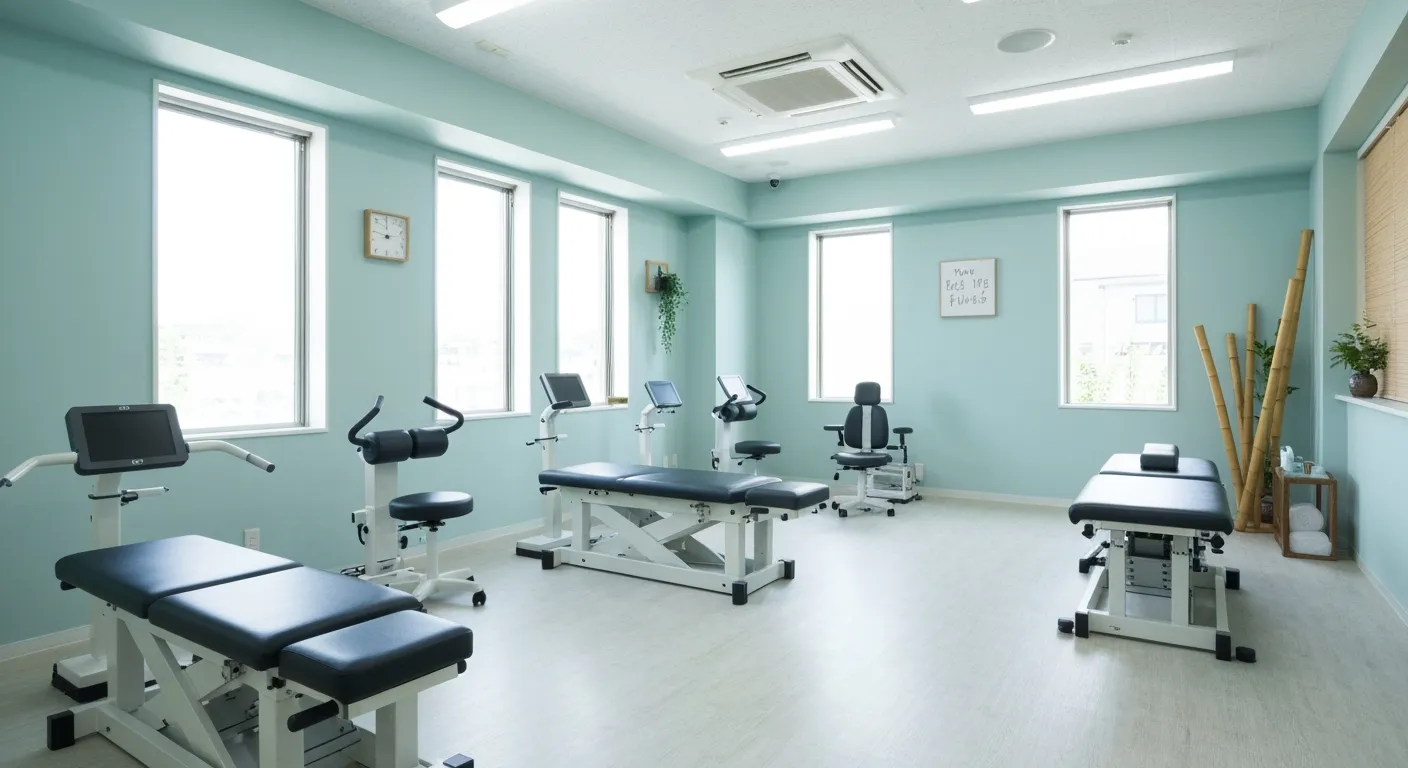
The Role of Corrective Exercises in Sustaining Pain-Free Living

Combining Chiropractic and Physiotherapy for Comprehensive Pain Relief

How Addressing Underlying Causes Improves Pain Treatment Effectiveness

Maintaining Spinal Health Through Lifestyle Changes and Preventive Care
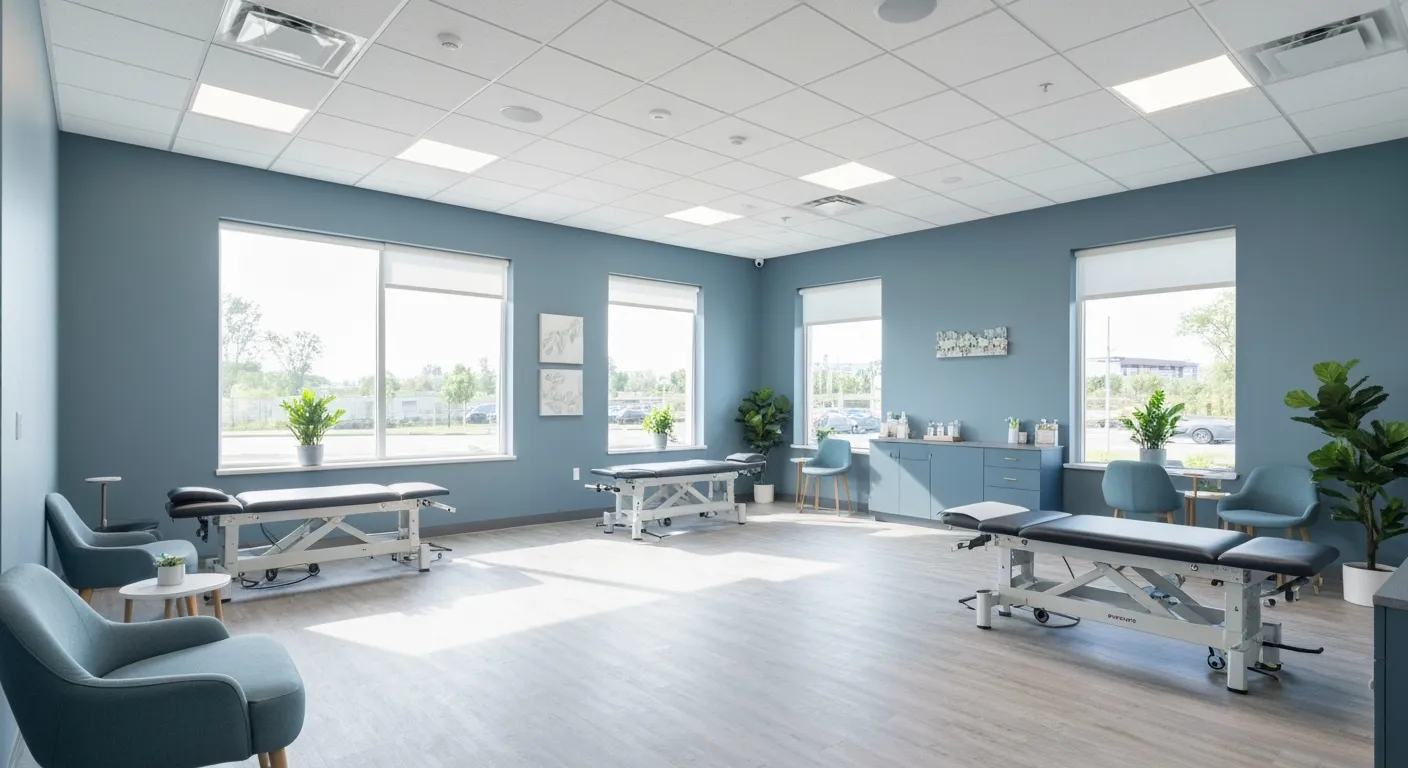
Understanding the Benefits of Chiropractic Adjustments for Back Pain Sufferers

Spinal Decompression Therapy: A New Hope for Sciatica Relief

Lifestyle Recommendations to Support a Healthy Spine and Reduce Pain
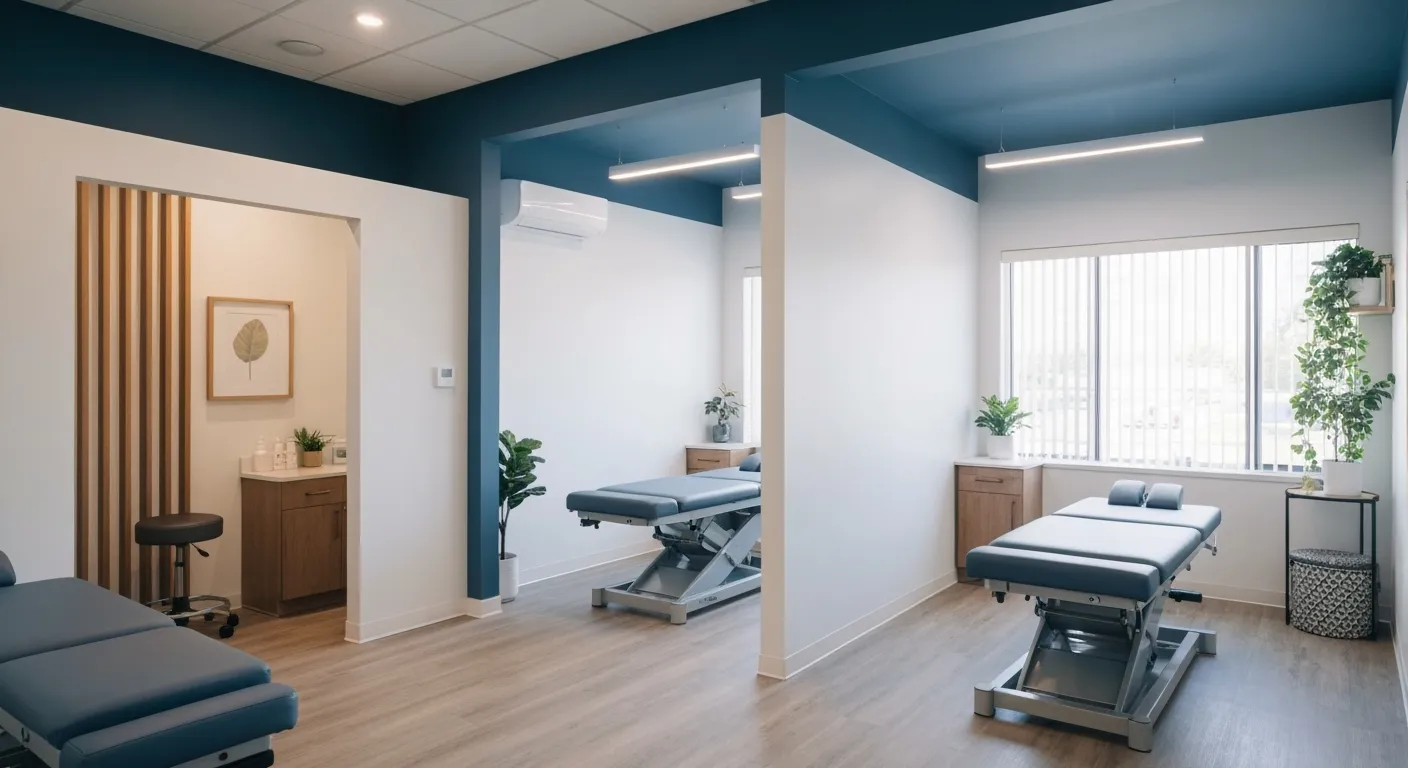
Choosing the Right Chiropractor: Key Factors to Consider Before Your First Appointment

Non-Invasive Treatment Alternatives: A Holistic Approach to Pain Relief

Corrective Exercises to Support Long-Term Relief from Chronic Pain

Exploring Non-Surgical Approaches to Spine Health and Wellness

Tips for Daily Habits That Keep Your Spine Strong

Success Stories: How Chiropractic Treatments Changed Lives

Why Focusing on the Root Cause of Pain Leads to Better Outcomes
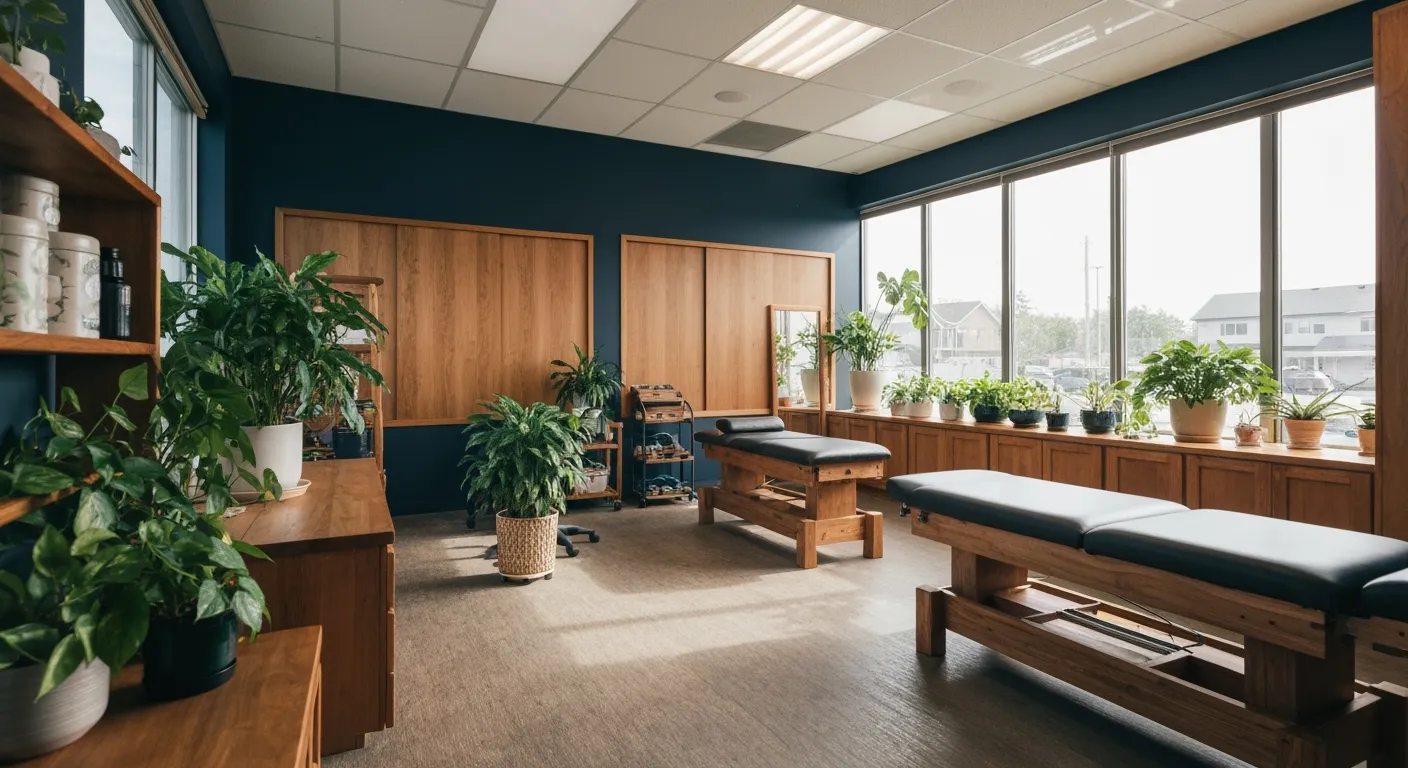
Nutritional Counseling and Its Impact on Overall Wellness and Recovery
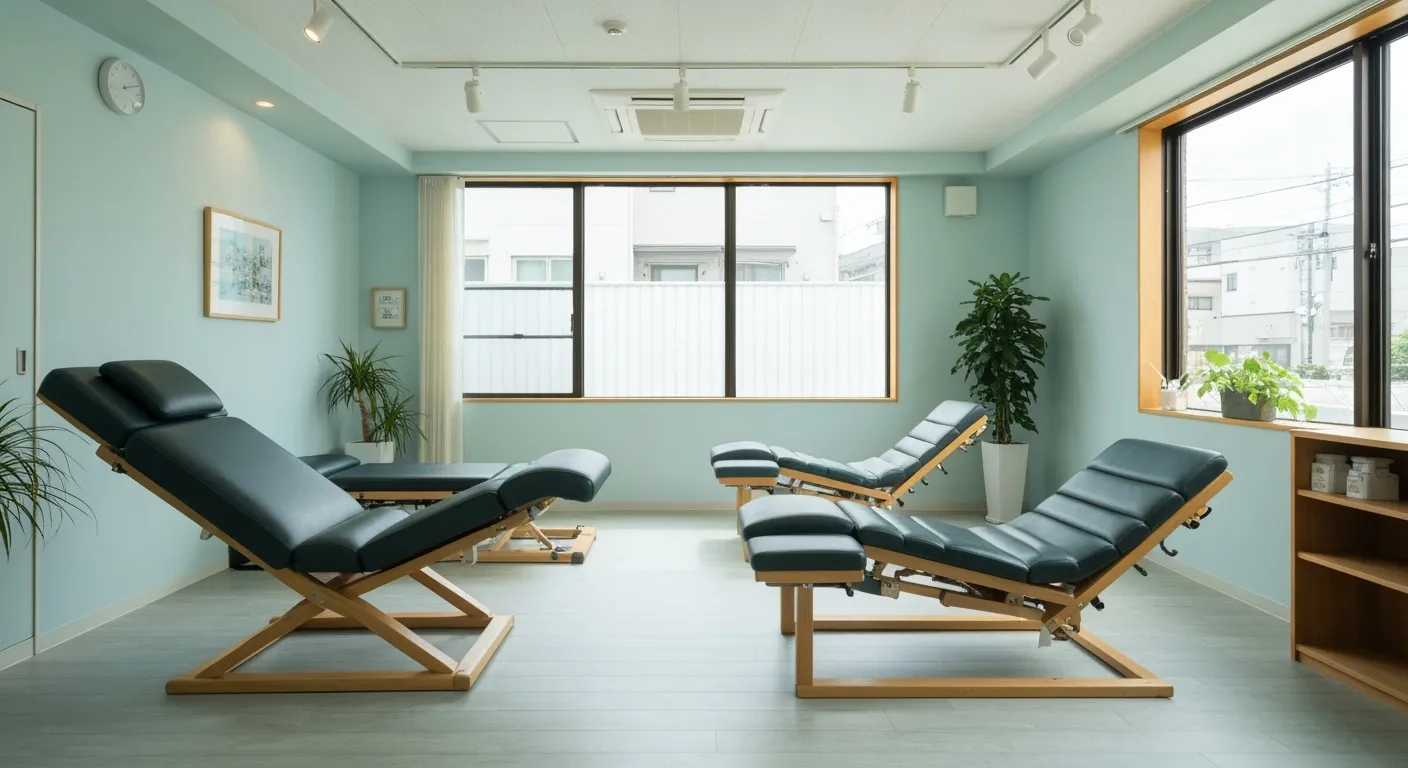
Patient Testimonials That Showcase the Power of Chiropractic Care

Preparing for Your First Chiropractic Appointment: What You Need to Know
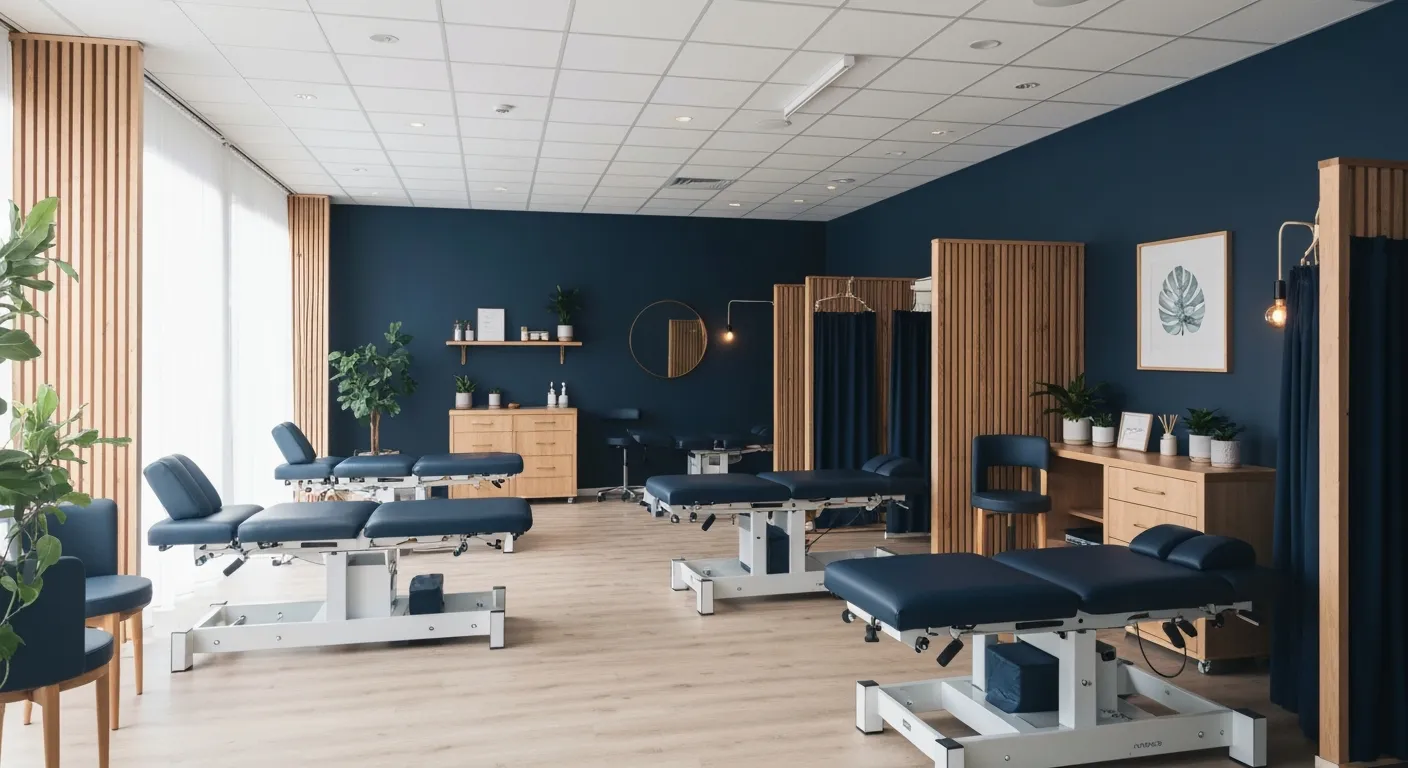
Holistic Treatment Options: Beyond Surgery for Pain Relief

Holistic Pain Relief Methods That Avoid Surgery

Nutritional Strategies for Supporting Spine Health and Recovery
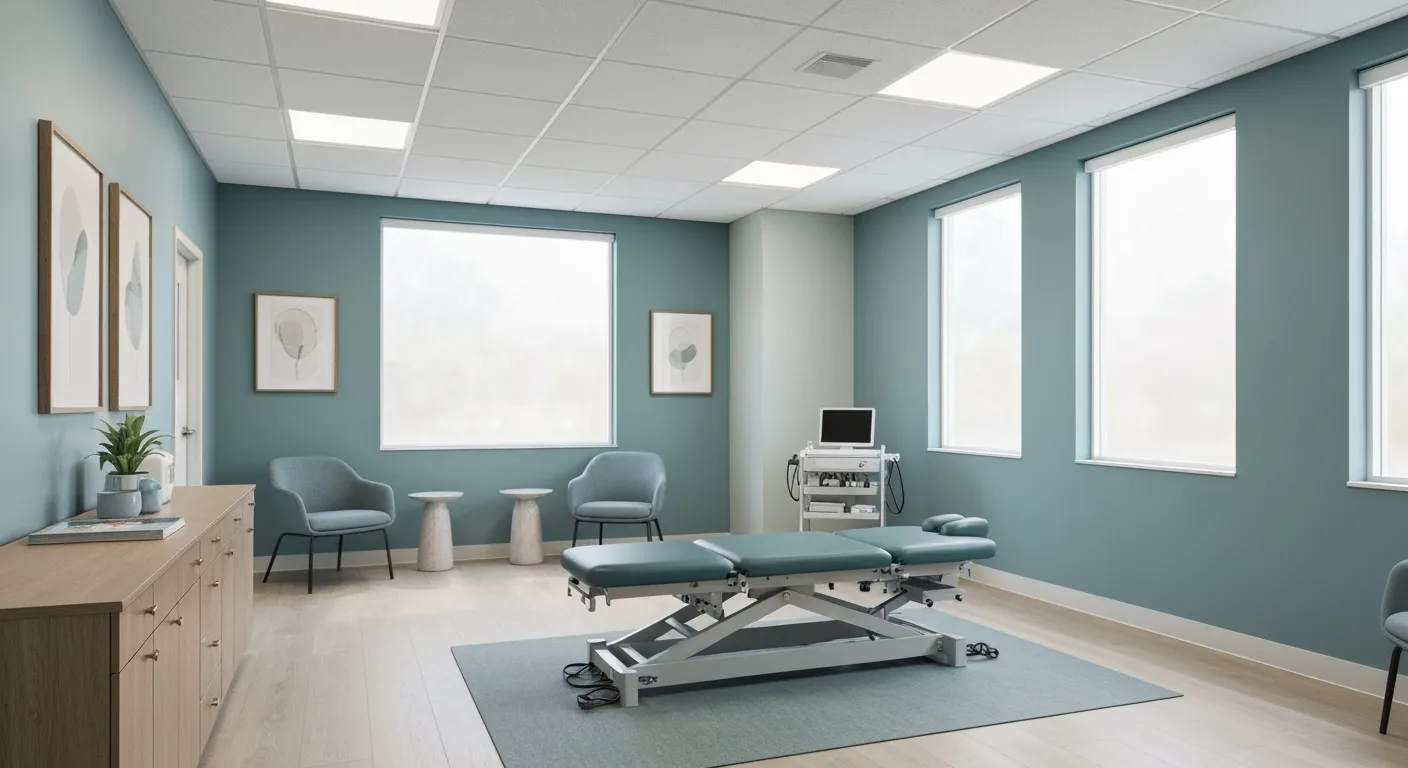
First Chiropractic Visit: What Happens and How to Prepare

Chiropractic Patient Success Stories: Inspiring Journeys to Wellness
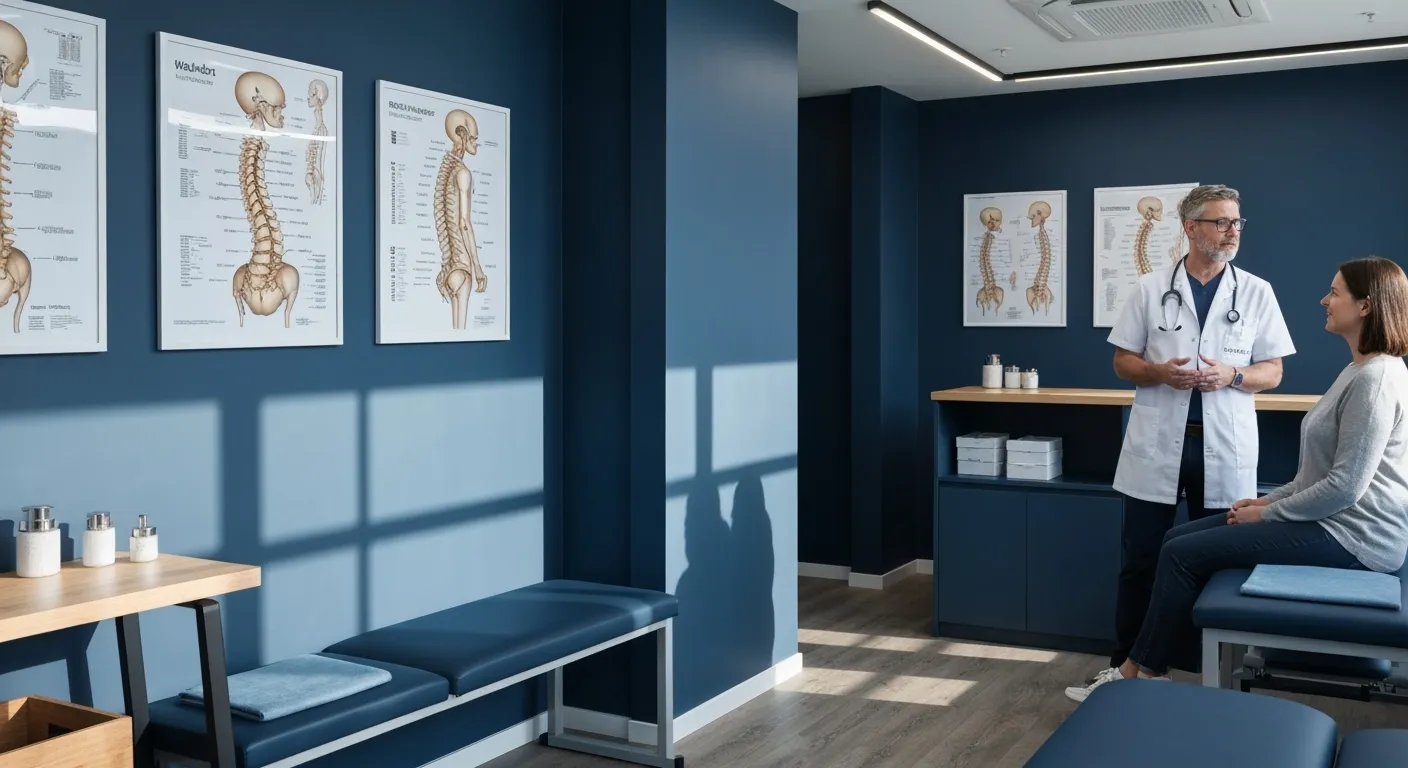
Effectiveness of Spinal Decompression Therapy in Managing Sciatic Nerve Pain
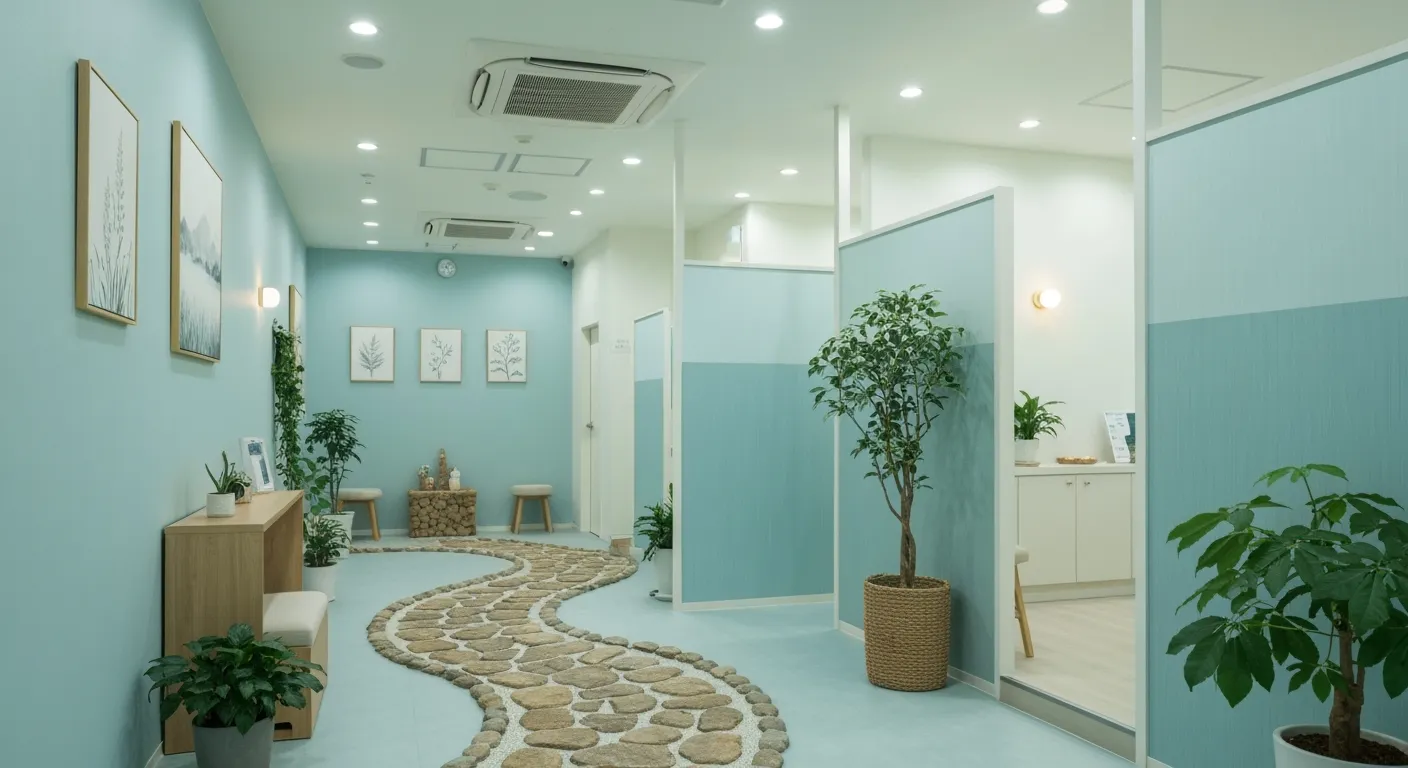
Addressing Pain at Its Source: Why Treating the Root Cause Matters
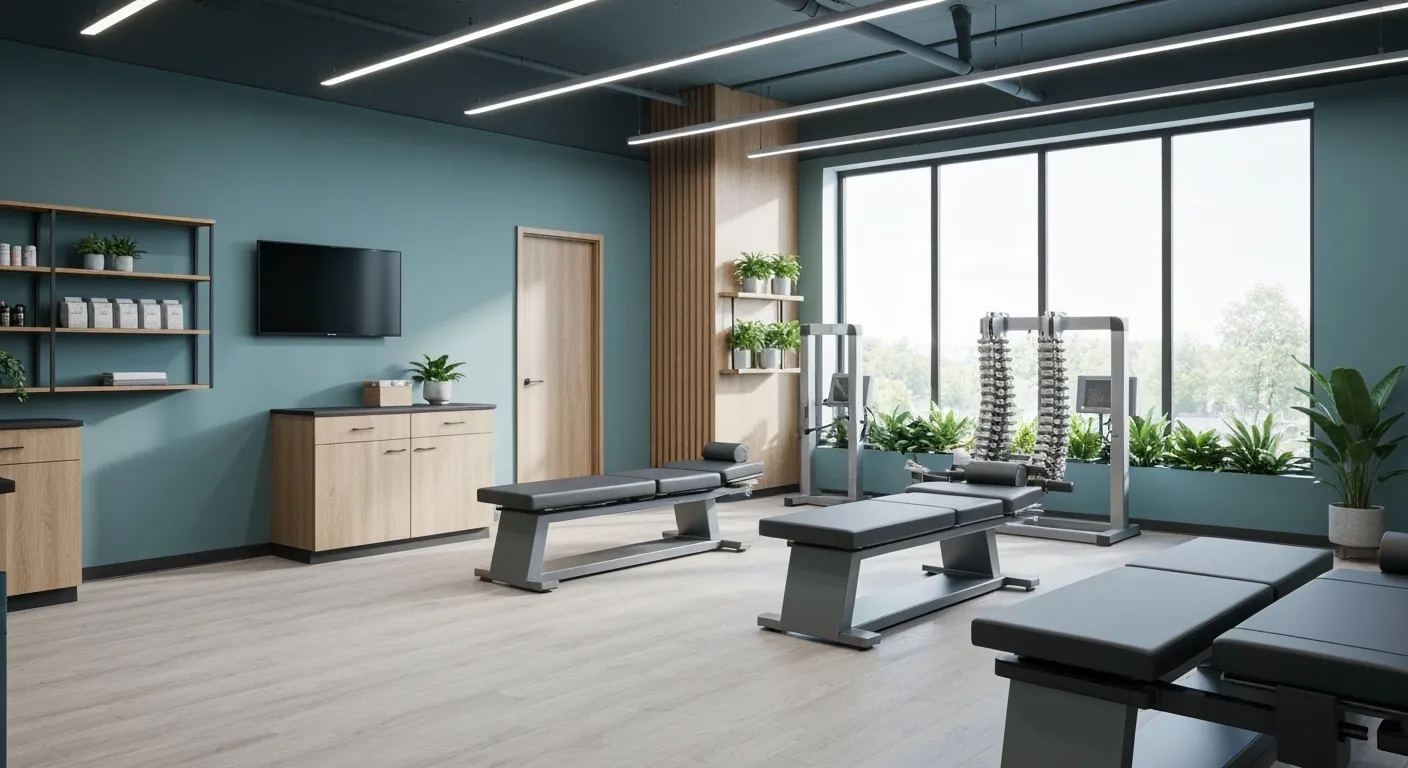
Corrective Exercise Programs Designed for Long-Term Pain Prevention

Healthy Lifestyle Advice for Maintaining Spinal Alignment
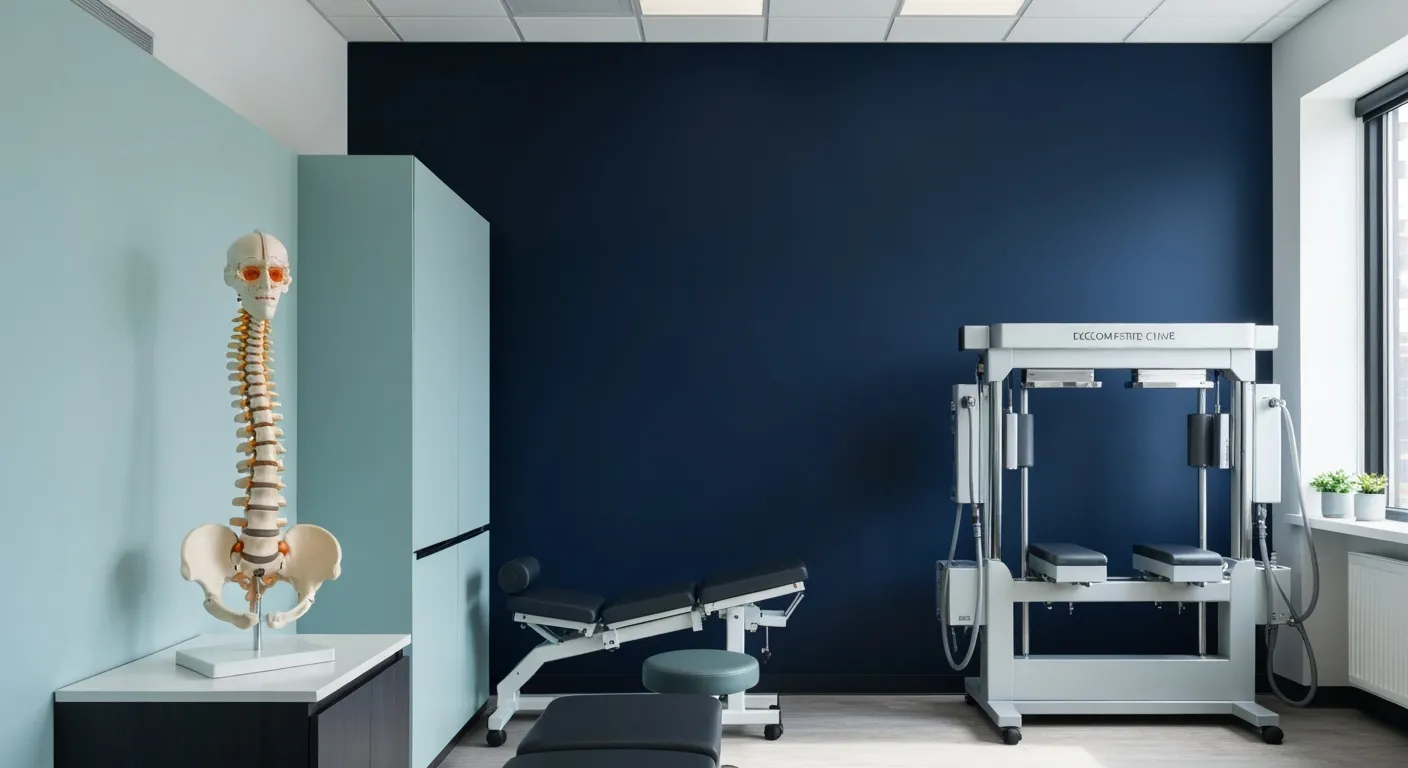
Understanding Spinal Decompression as a Treatment for Sciatica Pain
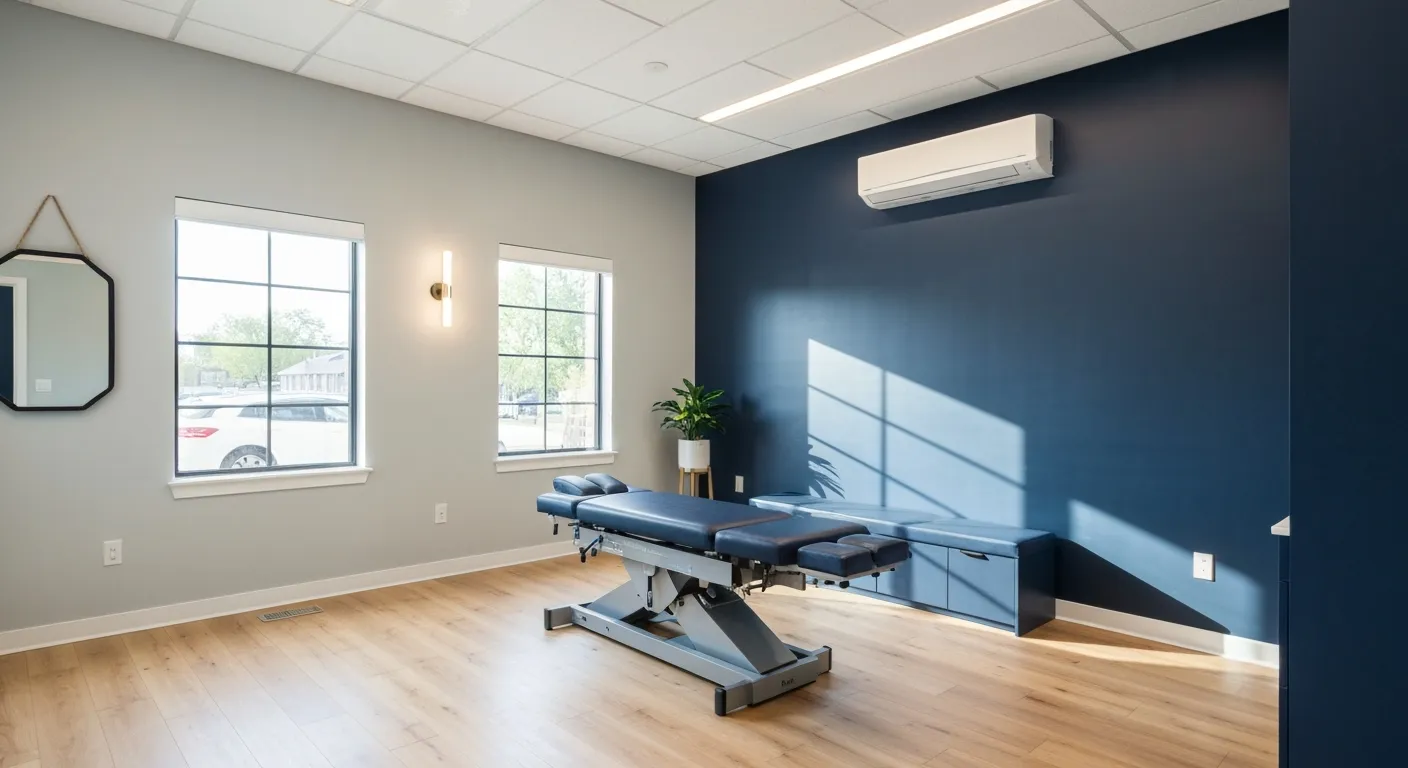
Benefits of Chiropractic Care Specifically for Back Pain Relief

Understanding Gait Analysis in Physiotherapy
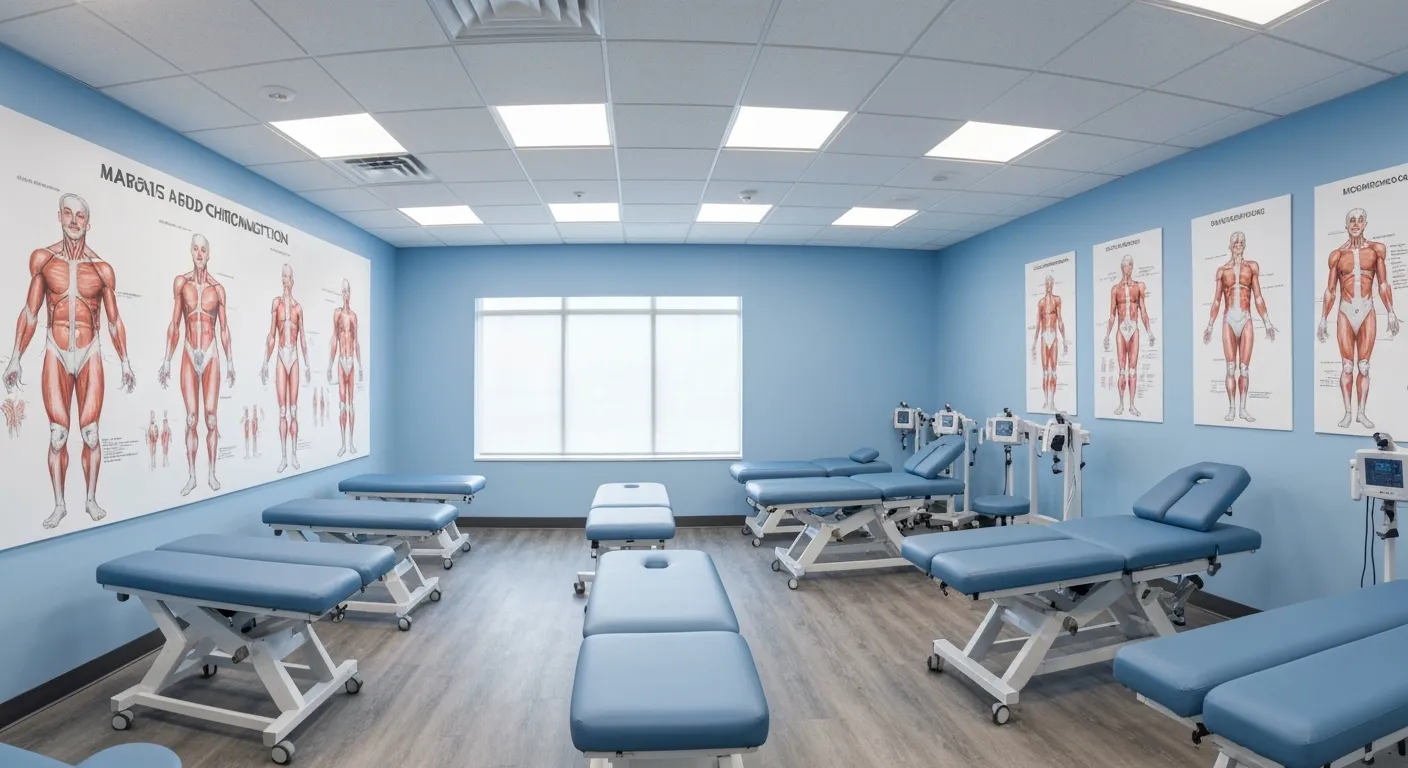
The Difference Between Muscle Soreness and Dysfunction

Workplace Stress Statistics: How Muscle Tension Impacts Productivity

How Physiotherapy Improves Mobility for Seniors

How to Communicate Pain Levels to Your Therapist Effectively
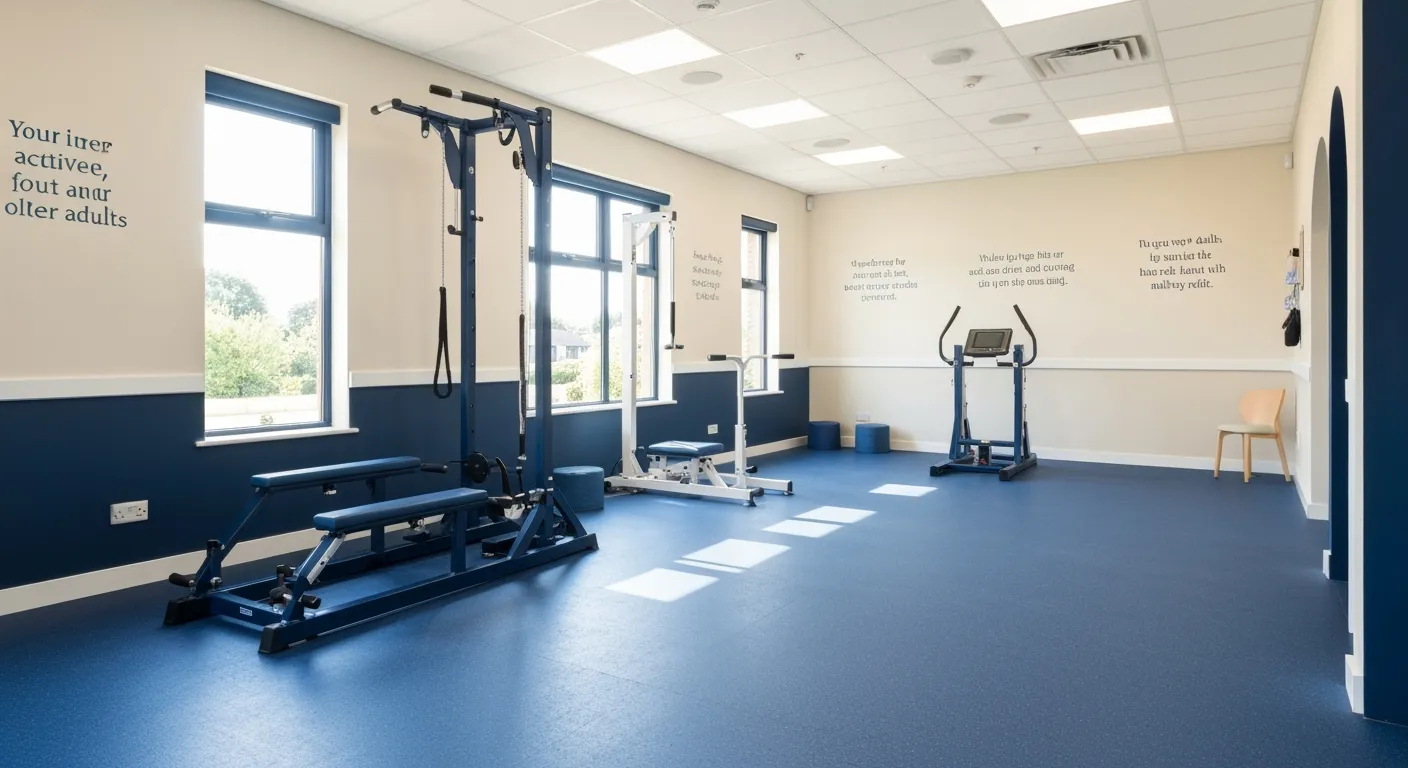
Physiotherapy Interventions for Balance and Fall Prevention

How Physiotherapy Helps Post-Surgical Recovery

Lifestyle Advice Everyone with Back Pain Should Follow

Chiropractic Industry Statistics: Growth, Demand, and Future Trends
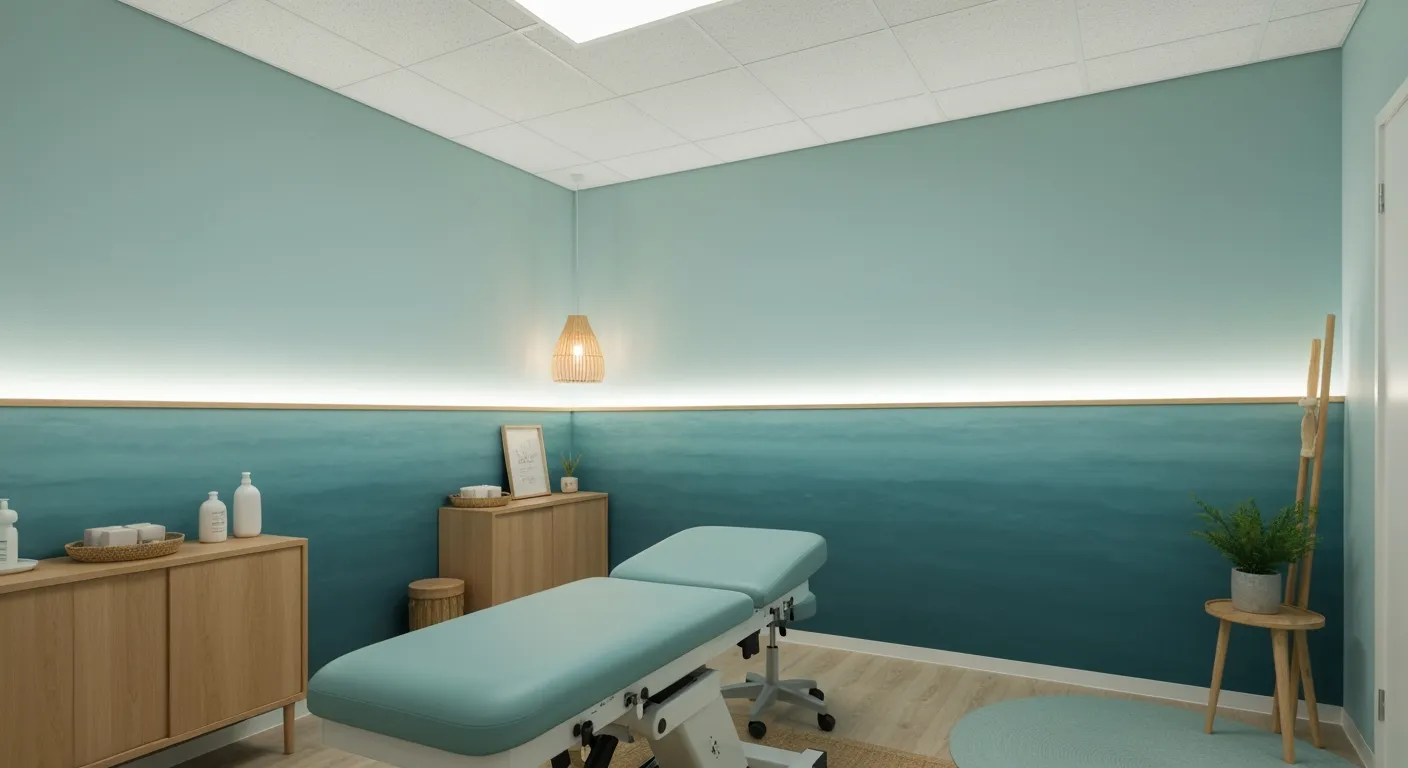
Myofascial Release: What It Is and Why It Matters
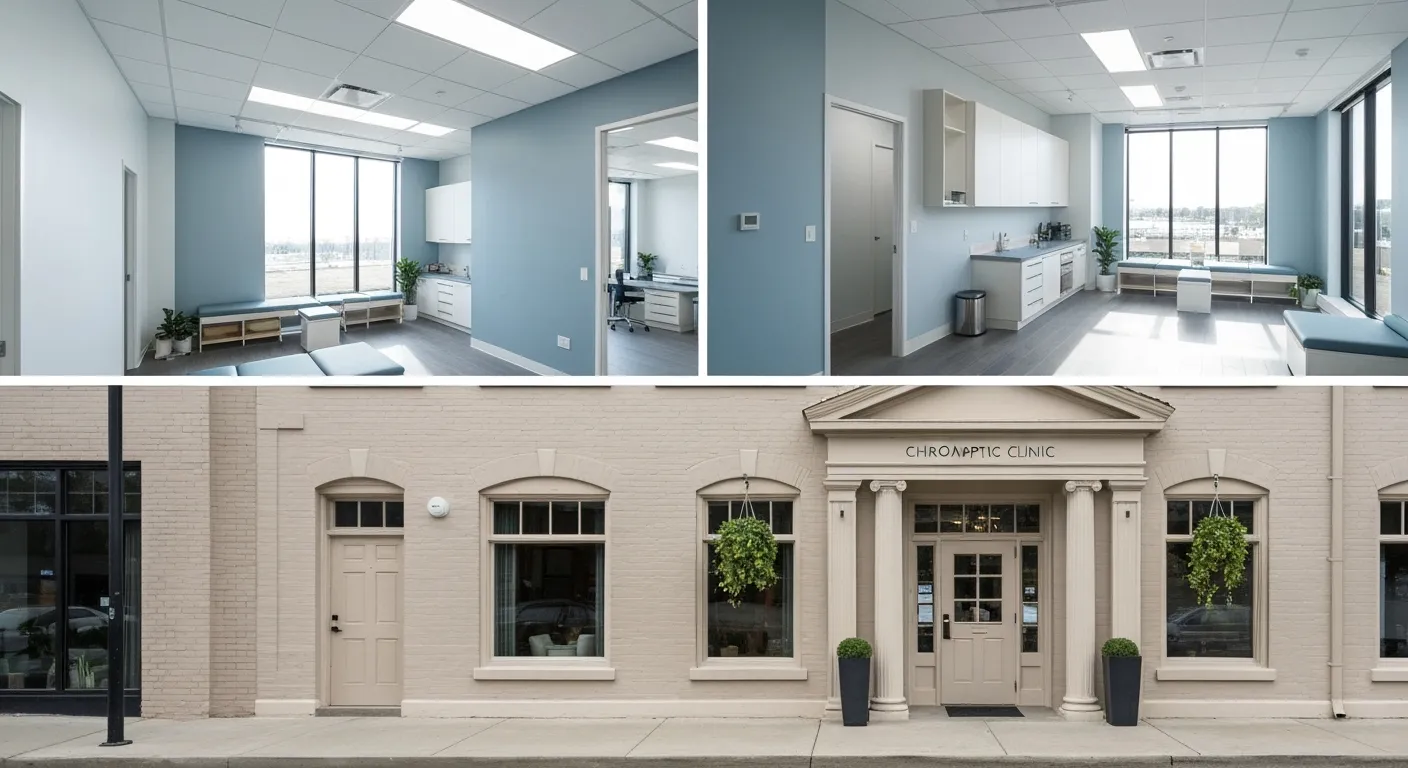
Chiropractic Care vs. Traditional Medicine: Cost and Effectiveness Statistics

Ergonomic Workspace Tips to Support Spinal Health

Why Proper Breathing Matters During a Massage Session
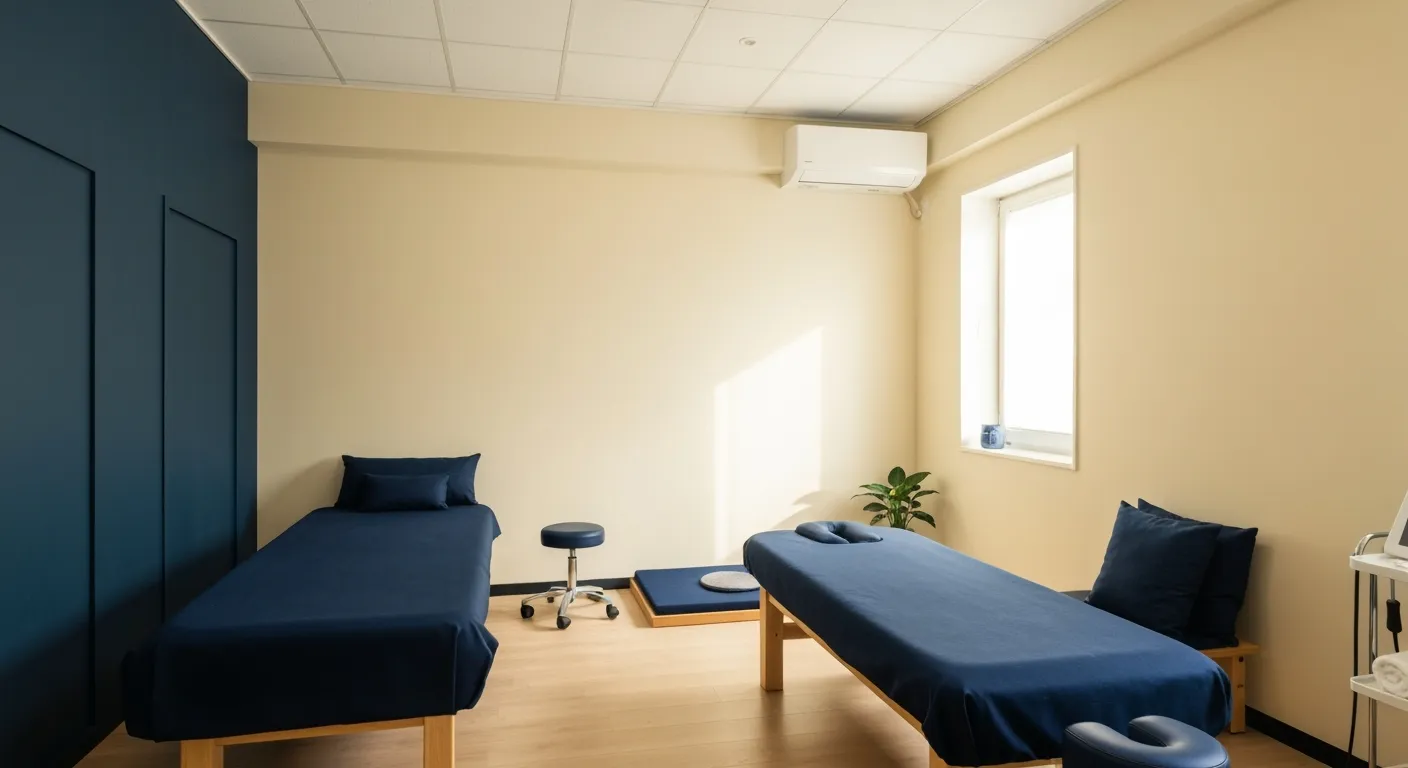
Client Retention Trends in the Therapeutic Bodywork Industry
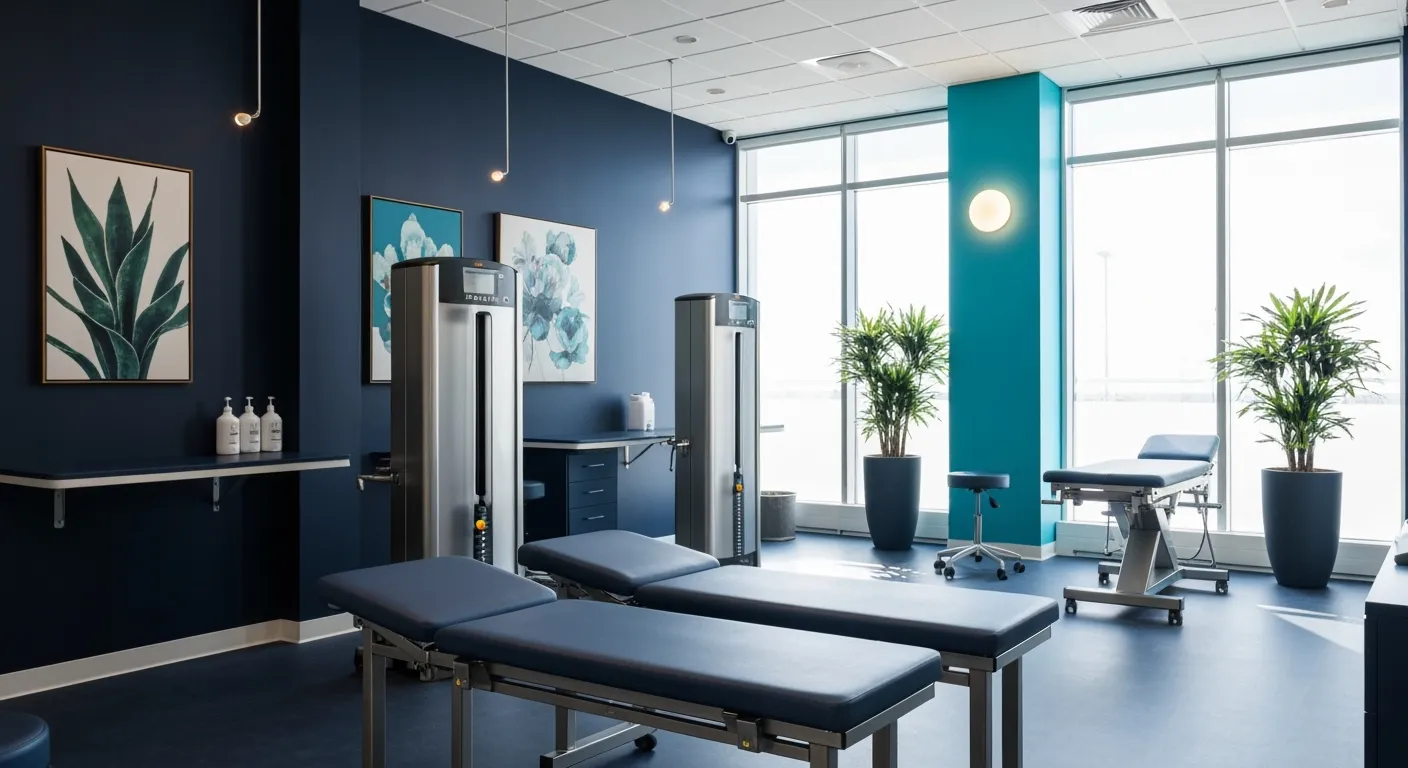
Why Physiotherapy Is Key in Preventing Re-Injury

How Massage Therapy Supports Natural Pain Relief
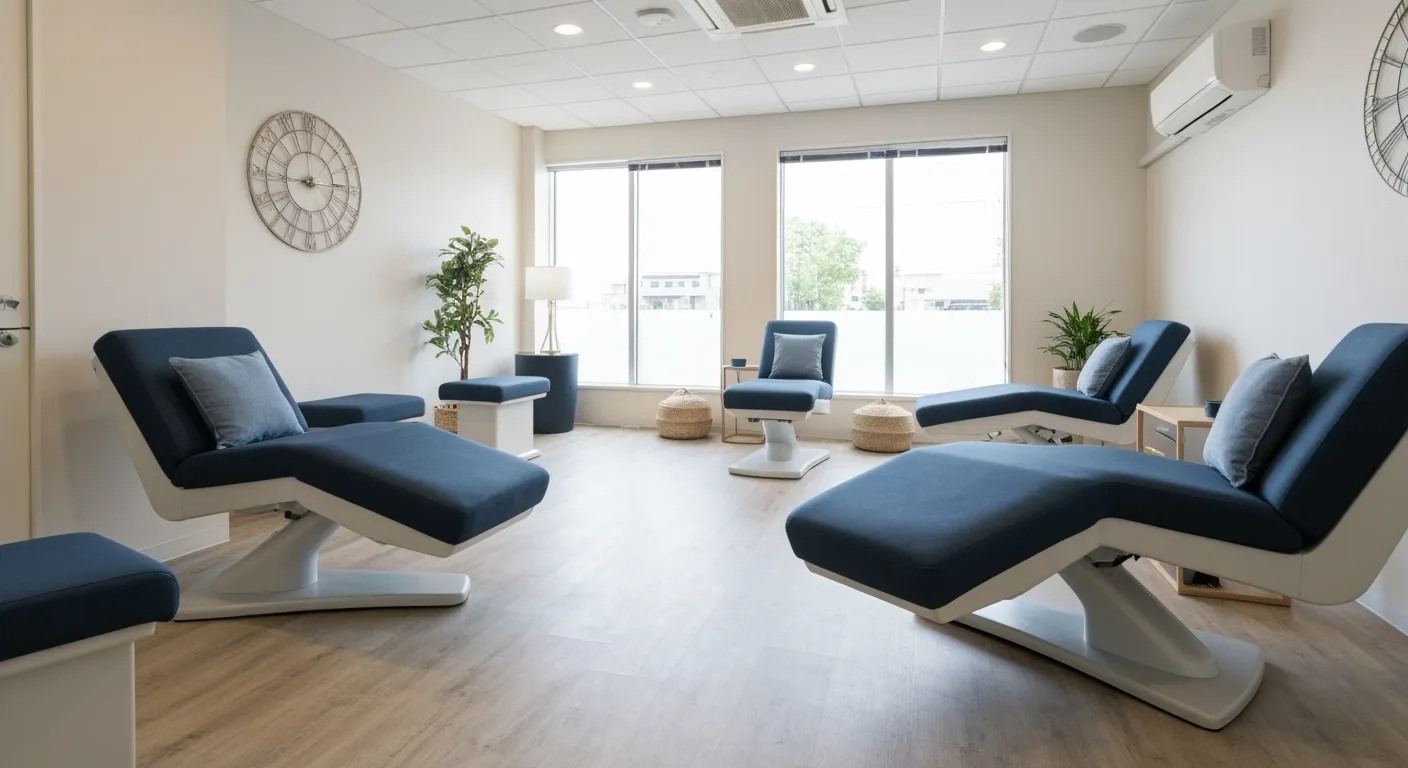
Healthcare Cost Reduction Through Preventive Bodywork Use
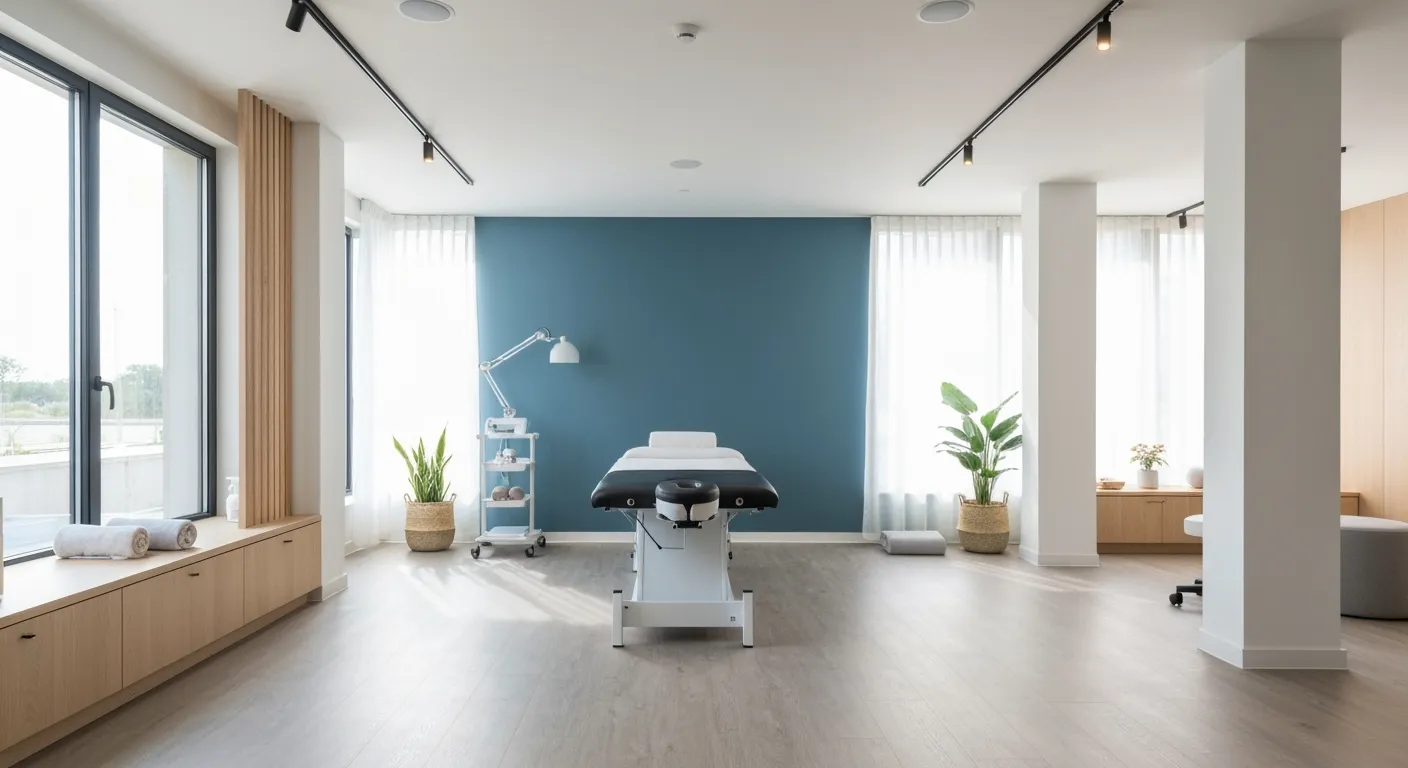
Athlete Massage Statistics: Pre-Event vs. Post-Event Outcomes

Massage for Migraine and Headache Relief

